Does the usage of renewable energy resources have an influence on the grid stability?
You might remember the song Silent Night… all is calm…
For energy providers the lyrics contain essential information for their generating- or purchasing capacities.
a) It's night, so there is no possibility to use solar power
b) It's calm, this excludes the power generation from wind farms
Let's take Germany as an example. The German term Energiewende has already been adopted by the international nomenclature, similar to the term Kindergarten.
Energiewende means the transition of power generation to a low-carbon and nuclear-free supply. When I read the pros and cons of Energiewende, I feel that there is a certain affinity to Kindergarten in argumentations.
True is that the transition to renewable energy comes together with high cost.
Rumour is that Germany is the world leader in terms of energy cost per kWh. The price per unit on the Solomon Islands is higher.
When we look at the diagram we can still see an overproduction. The black line indicates the actual load. The grid control has still potential for optimization.
Wind- and solar power generation are not stable as expected. Fossil- and nuclear resources are necessary to keep a fundamental energy generation.

Data Source: 50 Hertz, Amprion, TenneT, TransnetBW, EEX, ENTSO-E
If we consider only the renewable resources, the diagram looks like this:
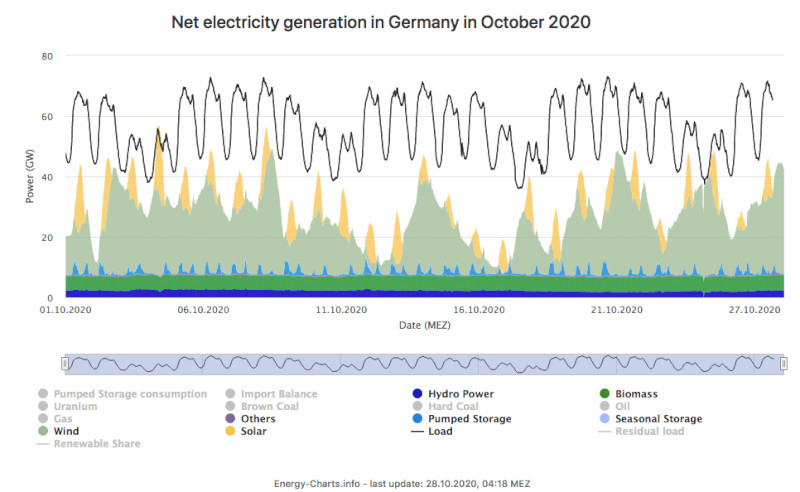
The white gap between the load curve and the generation by renewable energy sources needs to be filled somehow. Especially calm and silent nights will be a problem. There is a certain need for energy storage.
The main factor to measure the grid stability is the net frequency. If the load is higher than the power generation, the frequency drops. The allowed tolerance is 50 Hz ±0.2 Hz.
When the frequency drops below 49.8 Hz, the power generation companies activating their reserves. Below 49 Hz their start to disconnect regions, while a frequency of 47.5 Hz leads to a complete disconnection of all power plants from the grid. Then we have a Blackout, the grid needs to be reset and build up from scratch.
While TenneT and other large power generation- and transmission companies are claiming that the renewable energy is responsible for instability of the grid, a study done by the Max-Planck-Institute Göttingen comes to a different result. The frequency variations are in alignment with the 15 minutes interval for energy trading. Still I'm mentally more with TenneT.
How can we contribute?
Our AMI system delivers excellent results in monitoring. By nature all AMI systems are slow in direct meter control, see the incident in India.
From the meter side there are still options which have never been requested, e.g. a frequency based load limiting or sequential reconnection after a shoot-down. These measures can work instantly without remote control and distress the power supply situation. Contact us if you are interested.
Takeaway
With increasing percentage of renewable energy on power generation we will see more disturbances in the grid. Many parties are involved to assure a proper power supply. We in CLOU are contributing with our technology.
Thank you for reading. Please drop me a comment with your opinion or experience.
Editor's note: This article was originally published in October 2020 and has been updated for comprehensiveness.
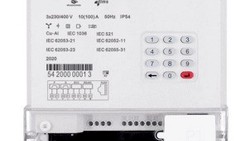

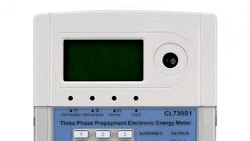
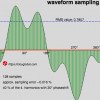
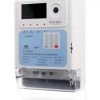
Thanks for so good info. Now with a partner manufacturer of transformers have discovered some problems in the transformer and CT&PTCombined installed for solar and wind generations . Do you have some info about it? Perhaps your AMI meters is a good alternative to detect them. We think to generate in CC to CA can make the problems when load have variation, also produces harmonics, etc. WEW can make an association we installing distribution transformers plus CT&PT Combined in Medium voltage ( tariff prices reduces at 50% in comparison with low voltage) and we use your rev meters with AMI, etc.? Thanks.
Mariano, thank you for your comment. Your mentioned problems are coming mainly from the PCS (power conversion system). I suppose it's wrong dimensioned. An AMI system can only highlight the problem, but you need to solve it. Please take a look at the PCS block diagram for better understanding.
Hi Laoren, thank you so much for the quick reply. I get the impression that the youth of the field means that there are no standardized qualifications as of yet… In that case I will have to keep looking and getting more experience!
Thanks for the pointer on that conference, I'll keep an eye out for you speaking in the future.
Stay safe
If you continue to work in this field we will meet sooner or later. Best wishes and take care.
Hi Laoren,
Thanks for the very informative article!
I have a question somewhat related – from your knowledge and experience of the industry, do you have any recommendations for professional qualifications or certifications specific to the field of grid stability? I am looking to backup my experience with some formal training and to close out gaps in my knowledge.
Thank you,
Max
Max, thanks for your comment. Actually I'm not aware of independent certifications or training courses in this field. The rapid increase of renewable energy started about 10 years ago, driven by political decisions. Most experts you can find in the industrial sector. The best opportunities for mind exchange have always been the international metering conferences, but since year 2020 most of them have been cancelled due to pandemic. Under normal circumstances I would have discussed the described discrepancy during a conference break. I suppose it will take some time until a common valid solution is found. Then this will become a subject for trainings. Thanks again for your interest.